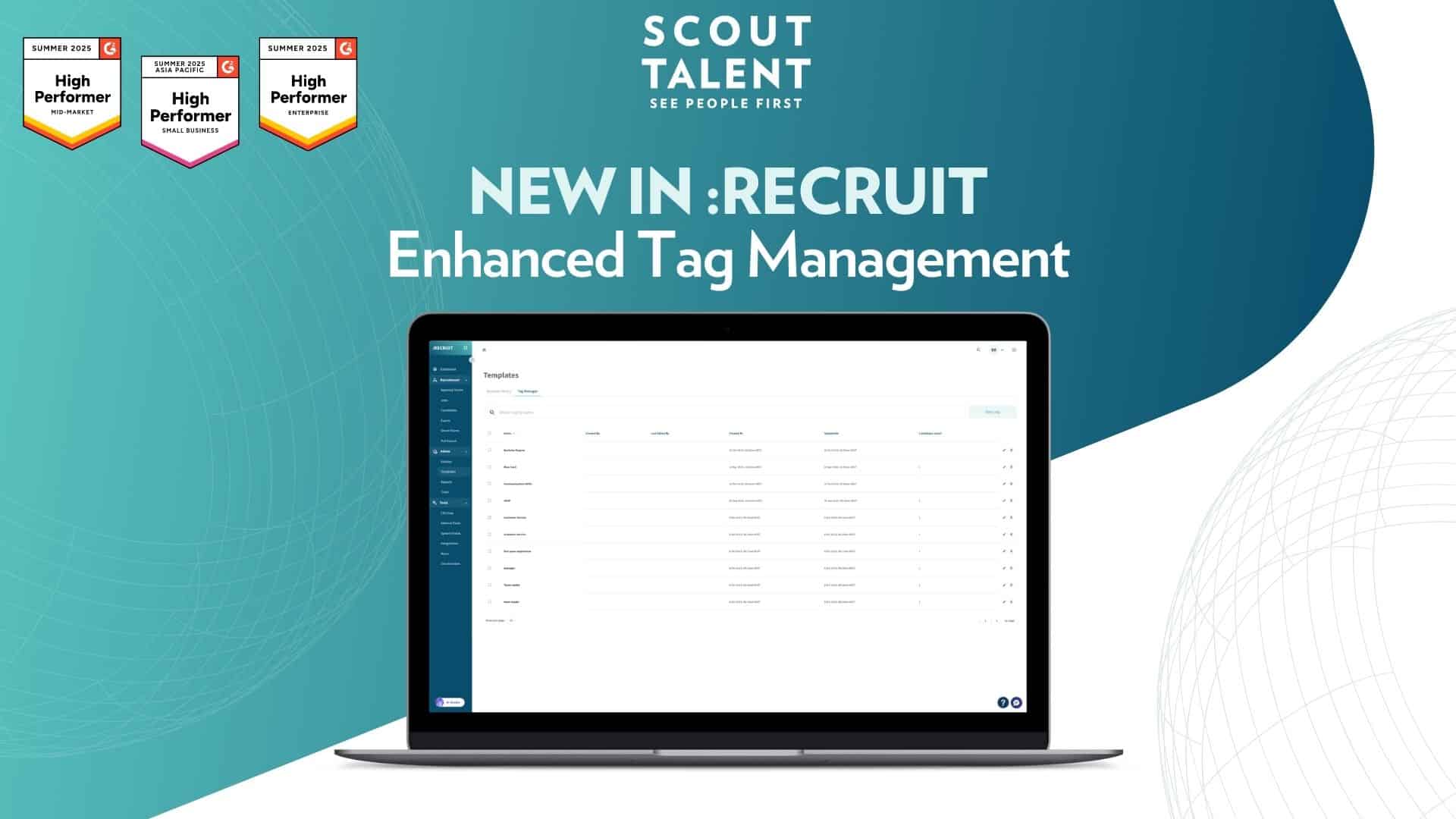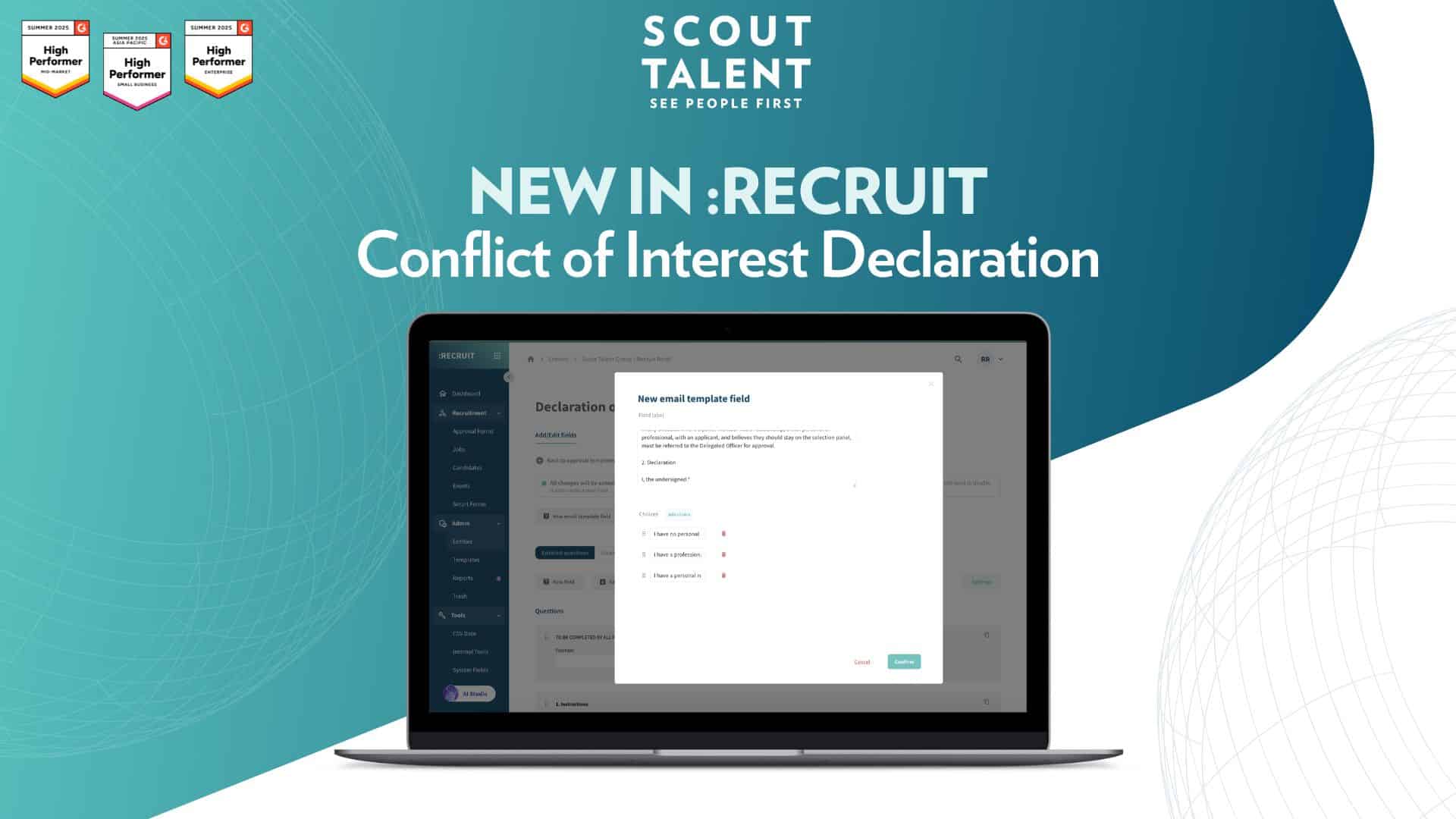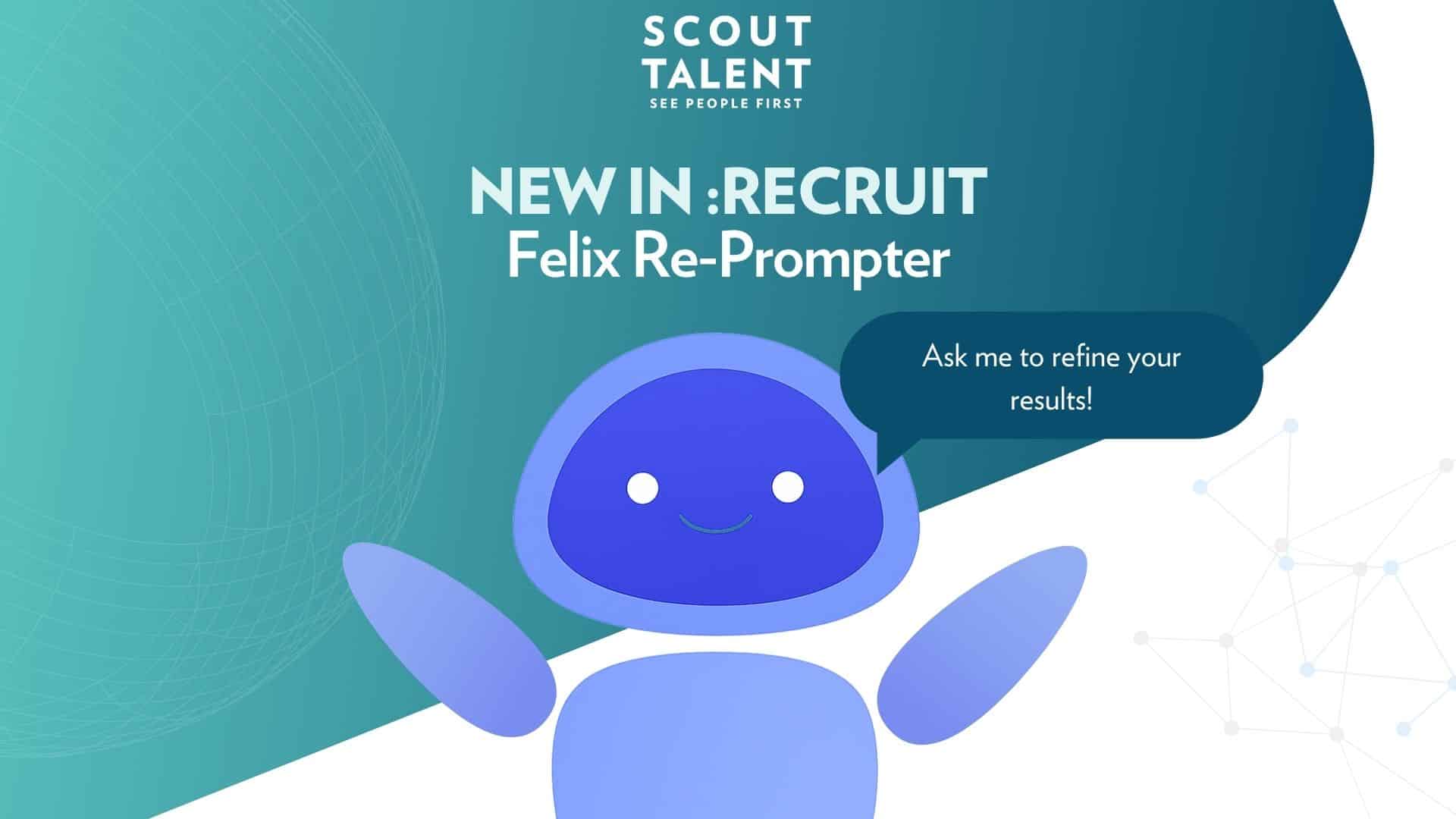Before COVID, only 20% of employees globally were engaged at work.
Roughly one in five employees around the world were actively engaged with the work they were doing. The rest self-identified as either lacking motivation (“not engaged”) or entirely unproductive and unhappy at work (“actively disengaged”). With the onset of the global pandemic, these engagement numbers are sure to have dipped even further, intensified by remote working, removal of workplace perks, and doubts about career progression.
Engagement at work is defined by an employee’s connection to their role and responsibilities. This can be influenced by the variety of work they do, and how integral they are to their team. With constantly changing circumstances, it’s important to check in with your employees and look critically at their engagement levels.
Why it’s important to measure employee engagement
Your employees are your competitive advantage. With the candidates now in the driver’s seat in the post-pandemic employment market, now is not the time to become complacent about employee engagement. If your employees are dissatisfied, they may not wait around for attitudes and behaviours to change; a better offer may come along which could convince them to seek greener pastures.
Everyone wants to be heard. Compared to previous years, the last eighteen months have had a severe effect on working priorities and the kind of support employees need. It goes without saying that measuring employee engagement is important; real-time data on what your team needs to perform at their best, and what needs to be prioritised.
Furthermore, in order to grow, business leaders need to be in touch with what’s happening at the coal face. While executive teams are often responsible for the strategic direction and big picture concerns of an organisation, it’s the operational team members who have the best idea of issues that affect employees. Honest communication between team members of all seniority levels ensures concerns and suggestions are heard, and hopefully, acted upon.
Many organisations conduct exit interviews with staff after they’ve resigned but before their last day. While using exit interviews to shape company culture is valid, it’s also too late to create any lasting change. If you’re not measuring engagement through the employee lifecycle, it’s unlikely departing employees will feel the need to give you reliable data during an exit interview. Without an open and honest culture, exit interview data won’t be reliable as your only source of engagement measurement.
How to measure employee engagement
It’s always difficult to measure employee engagement if you don’t have a concrete plan in place. Before you start measuring engagement, you need to have a clear idea of what exactly you’ll be measuring, and what you plan to do with the information you collect. As employee engagement has many layers, structuring outcomes ahead of time will make designing data collection methods easier.
There’s a simple way to explore where your staff are thriving and where work needs to be done. Ask them! An Employee Engagement Survey (EES) helps you to measure and manage your team’s own perspective on your organisation’s goals, culture, and values. Empowering your team members to have a voice on what affects them within the company gives you valuable insights into your workplace’s productivity and cultural connectivity.
When senior leadership teams dictate engagement initiatives, they often struggle to receive buy-in from key team members. More often than not, they fail before they can implement tangible change. An EES focuses on removing bias from your feedback processes, where everyone has a voice to plan future actions. When your team gives you anonymous, structured feedback, you can understand key issues from your team members’ perspective, and efficiently benchmark and measure outcomes.
You’ve conducted an EES. Now what?
An EES is a great way to hone your employer brand, and ensure that you’re retaining the best talent within your organisation. However, conducting the EES is only half the journey. Once you’ve measured employee engagement within your workplace, it’s time to figure out where to go from there.
Drill deeper
It’s important not to assume anything about your employees’ engagement levels. Don’t pat yourself on the back just because the EES highlights an area your team agrees on. There will always be room for improvement, and asking follow-up questions can help you to drill deeper.
Instead of looking at response categories as standalone metrics, try to look for links between two or more data points. An EES that Scout Talent ran for an external client showed low scores in both communication from management and optimism about staff’s future with the organisation. Upon debriefing, the management team was surprised to learn their staff couldn’t see clear career progression for themselves. The leadership team discussed their teams’ career progression internally. However, they weren’t discussing it more broadly, leaving staff members in the dark.
It’s important that managers and leaders take responsibility for measuring engagement. But, train them to spot employee disengagement too. If they’re aware of the warning signs, they can pair anonymous data from their teams with concerning behaviour to flag minor issues before they become full-blown problems.
Don’t ignore what you already know
An EES is good at bringing staff thoughts and attitudes to the fore. If there’s a complaint or growth area that is common knowledge within your organisation, don’t ignore the data that reinforces this because it’s already on your radar.
For example, you may be aware that your organisation isn’t in a position to offer a competitive salary. Rather than ignoring this fact and losing team members to organisations with a more competitive salary, figure out a workaround. Is there a way to offer more money to team members to keep them engaged? If you can’t offer more money, do you have other non-monetary offerings (like robust learning and development programs, or clear career progression opportunities) that would entice staff to stay? If these options aren’t available either, be transparent during the recruitment process so prospective employees feel informed.
On the flip side, if an EES highlights areas in which you perform well, promote this! All workplaces excel in some areas and languish in others. If your organisation’s communication skills or flexibility offerings are above par, shout about it! Take your strengths and make them your competitive advantage (more on this later).
Communicate with your team
Change is great, but if you don’t communicate these to your team, they can feel excluded, unimportant, or unheard. Communication provides the foundation for a healthy relationship between employees and their senior leaders, and it’s the most important soft skill to consider when recruiting.
Communicating results to your staff will empower them to feel part of any EES-related changes. It’s important to keep your team in the loop about how you make decisions, and how these decisions will affect their role within the organisation.
Communication also goes both ways, and it’s important for employees to communicate their thoughts and feelings with senior leadership. Doing work that utilises and grows the skills and talents of your team is a major aspect that candidates are looking for in new roles. Therefore, it makes sense that your existing employees would likely want this as well. As a part of an EES or as a separate project, create the space for your employees to discuss how well they use their skills in their current role. Recent hires may have hidden skills that they can put to good use in other areas of the business.
Use the data in your recruitment
Workplace culture and perks are often as important to prospective team members as an appropriate salary. When considering making the leap to a new workplace, most employees will look closely at your social media and website. They’ll be looking for evidence that people like them have the opportunity to thrive. Make sure they find it!
Once you’ve put in the work to measure employee engagement internally, you’ve laid the foundation to repurpose your findings into a cohesive recruitment strategy. Take this opportunity to tell the real story about your organisation. Promoting your strongest areas (as well as areas that require more work) helps candidates feel more connected to your workplace. Using EES data to recruit new team members makes for a great candidate experience, and could be the difference between a signed contract, and losing out on an ideal candidate to a competitor.
Scout Talent conducts end-to-end Employee Engagement Surveys for workplaces around Australia and across the world. These surveys provide workplaces with unbiased processes and objective results, research, and analysis that help them improve their workplace culture. If you’re interested in conducting an EES, or if you would like more information, get in touch with one of our team members today.



